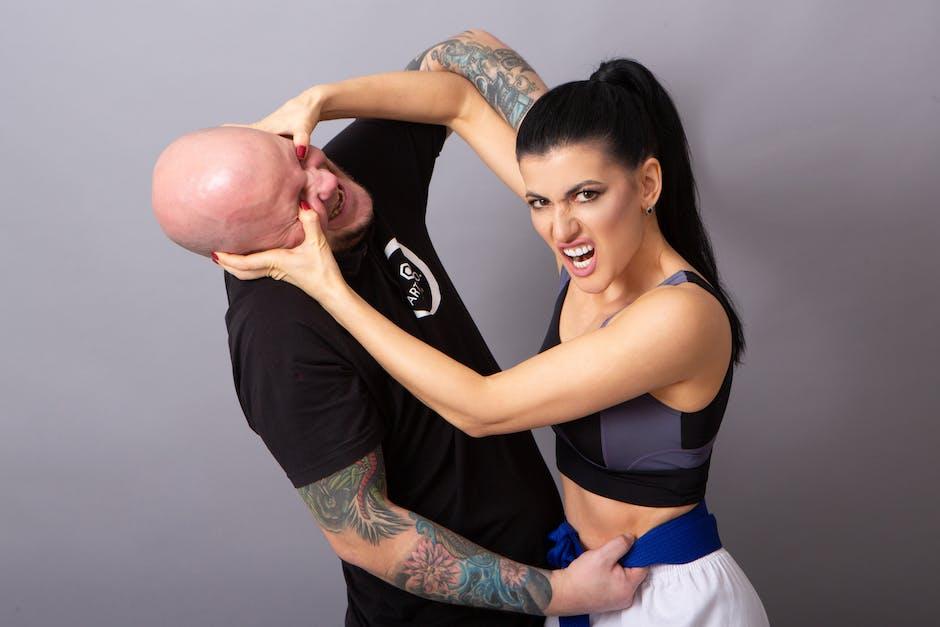What Role Does Dance Play In Emotional Healing?
Dance is more than just a series of steps set to music; it’s a powerful tool for emotional healing. Through movement, people can express feelings that words often fail to capture. Whether it’s joy, sadness, anger, or love, dance provides a safe space to release emotions and reconnect with oneself. But how exactly does this work? And why should you care? Stick around, and you’ll discover how dance can transform emotional pain into personal growth.
Key Takeaways
- Dance is a universal language that helps people express emotions without words.
- It can reduce anxiety, improve mood, and even aid in trauma recovery.
- Group dance fosters social connections, which are crucial for emotional well-being.
- Dance therapy is a recognized method for processing and healing emotional wounds.
Introduction to Dance and Emotional Healing
Definition of Dance as a Form of Expression
Dance is a universal form of expression that transcends language, culture, and age. It’s a way to communicate feelings that might otherwise remain bottled up. Think of it as a moving diary—each step, twirl, or leap tells a story.
From the graceful flow of ballet to the raw energy of hip-hop, every dance style offers a unique way to channel emotions. It’s not just about the moves; it’s about what those moves mean to the dancer.
Overview of Emotional Healing Through Movement
Emotional healing is the process of releasing suppressed feelings and finding peace within. Dance plays a pivotal role here by combining physical activity with emotional expression. When you dance, your body becomes a vessel for emotions, allowing you to process and release them in a healthy way.
Importance of Exploring the Connection Between Dance and Mental Well-Being
In today’s fast-paced world, mental health often takes a backseat. Exploring the link between dance and emotional healing can open doors to new coping mechanisms. Dance doesn’t just heal the mind; it nurtures the soul. Studies even suggest that free-moving dance can have healing benefits for mental health concerns (source).

Dance as a Medium for Emotional Expression
Releasing Pent-Up Emotions Through Movement
How Dance Allows for Non-Verbal Communication of Feelings
Sometimes, words just aren’t enough. Dance provides a way to communicate emotions without speaking. A dancer’s movements can scream anger, whisper sadness, or sing joy. This non-verbal communication is especially helpful for those who struggle to articulate their feelings.
Examples of Emotional Release in Different Dance Styles
Different dance styles cater to different emotions. For instance:
– Contemporary dance often explores themes of loss and longing.
– Salsa is a celebration of passion and connection.
– Hip-hop channels raw energy and defiance.
Each style offers a unique outlet for emotional release.
Catering to Individual Emotional Needs Through Various Dance Forms
Not everyone processes emotions the same way, and that’s okay. Dance meets people where they are. Whether it’s the structured steps of ballroom or the free-flowing movements of improvisational dance, there’s something for everyone.

Psychological Benefits of Dance
Enhancing Mood and Reducing Anxiety
Role of Endorphins in Mood Improvement
When you dance, your brain releases endorphins, the body’s natural “feel-good” chemicals. These hormones can lift your mood and reduce stress. It’s like a mini celebration happening inside your head every time you move to the beat.
Impact on Symptoms of Depression
Dance has been shown to alleviate symptoms of depression. The combination of physical activity, music, and emotional expression creates a trifecta of healing. For more on how creative therapies like dance can help, check out this article.
Creating a Meditative State Through Rhythmic Movement
Connection Between Rhythm and Introspection
There’s something hypnotic about repetitive, rhythmic movements. They can lull the mind into a meditative state, helping you reflect and process emotions.
Emotional Release Through Repetitive Patterns
Dances like contact improvisation emphasize repetitive patterns that encourage emotional release. This approach has been explored in depth in practices like movement meditation, which you can learn more about here.

Dance as a Social Connector
Building Support Networks Through Group Dance Activities
Importance of Social Interaction in Emotional Healing
Humans are social creatures. Group dance activities foster a sense of belonging and community. Whether it’s a Zumba class or a cultural dance circle, these gatherings create support networks that are vital for emotional healing.
Examples of Community Dance Programs
Programs like DanceAbility Movement focus on using dance to build connections and improve communication (source). These initiatives show how dance can bridge gaps and bring people together.
Strengthening Relationships Through Shared Movement Experiences
Dancing with others—whether it’s a partner, a group, or even strangers—creates shared experiences that strengthen relationships. It’s a reminder that we’re all in this together.

Dance Therapy and Trauma Healing
Overview of Dance Therapy as a Treatment Method
Research Supporting Its Effectiveness for Trauma Recovery
Dance therapy is a recognized treatment for trauma. Research shows that it helps individuals process and heal from past experiences. By focusing on movement, participants can access emotions stored in the body.
Techniques Used in Dance Therapy Sessions
Dance therapy often involves guided movements, improvisation, and storytelling through dance. These techniques help participants explore their emotions in a safe environment. For a deeper dive into this topic, check out this article.
Processing and Healing From Past Experiences Through Guided Movement
Trauma often gets trapped in the body. Dance therapy helps release it, offering a path to healing. It’s like peeling back layers of an onion—each movement brings you closer to your core.
Developing Body and Emotional Awareness Through Dance
Understanding the Connection Between Body and Emotions
The body and mind are deeply connected. Dance helps people become more aware of this link, allowing them to better understand their emotions.
Fostering Self-Awareness and Mental Health Through Movement
Through dance, individuals can develop a stronger sense of self. This self-awareness is a cornerstone of mental health. For more on how movement can foster emotional release, explore this guide.

Conclusion
Recap of the Role of Dance in Emotional Healing
Dance is more than just a physical activity; it’s a lifeline for emotional healing. It helps release pent-up emotions, improves mental health, and fosters social connections.
Encouragement to Explore Dance as a Tool for Emotional Well-Being
If you’ve ever felt overwhelmed by emotions, consider giving dance a try. Whether it’s a formal class or just grooving in your living room, the benefits are undeniable. So, put on your favorite song, let go of your inhibitions, and dance like nobody’s watching. Your emotional well-being will thank you.
FAQ: Discovering How Dance Can Heal Emotions and Transform Lives
How does dance contribute to emotional healing?
Dance allows individuals to express emotions that may be difficult to articulate verbally. Through movement, it provides a safe outlet for releasing pent-up feelings, fostering emotional clarity and relief.
Can dance help reduce stress and anxiety?
Yes, engaging in dance can lower stress hormones like cortisol while increasing endorphins, the body’s natural mood elevators. The rhythmic movements and focus on the present moment help calm the mind and reduce anxiety.
Is dance therapy a recognized form of emotional healing?
Absolutely. Dance Movement Therapy (DMT) is a well-established therapeutic practice that uses dance to support emotional, cognitive, and physical well-being. It is often used to help individuals process trauma, grief, and other emotional challenges.
Do you need to be a skilled dancer to benefit emotionally from dance?
Not at all! Emotional healing through dance is about self-expression, not technical skill. Anyone can benefit from the therapeutic effects of movement, regardless of their experience or ability level.
What types of dance are most effective for emotional healing?
There is no one-size-fits-all answer. Some people find structured forms like ballet or salsa therapeutic, while others prefer freeform or improvisational dance. The key is to choose a style that resonates with your emotions and feels liberating.
Can dancing in a group setting enhance emotional healing?
Yes, dancing in a group can foster a sense of connection and community, which is vital for emotional well-being. Sharing movement with others can amplify feelings of joy, support, and belonging.
How does dance help with processing trauma?
Dance engages the body in a way that can bypass the mind’s defenses, allowing individuals to access and release stored trauma. The physical movement helps reconnect the mind and body, promoting healing and resilience.
Are there specific age groups that benefit most from dance for emotional healing?
Dance can benefit people of all ages. Children often use dance to express emotions they can’t yet verbalize, while adults and seniors find it helpful for stress relief, emotional processing, and maintaining mental health.
How often should one dance to experience emotional healing benefits?
The frequency depends on the individual, but even dancing once or twice a week can have noticeable emotional benefits. Consistency is key, as regular movement helps build a lasting sense of emotional balance and well-being.
Can dance be combined with other forms of therapy for emotional healing?
Yes, dance can complement other therapies like talk therapy, art therapy, or mindfulness practices. Combining approaches often enhances the overall healing process by addressing emotional challenges from multiple angles.



